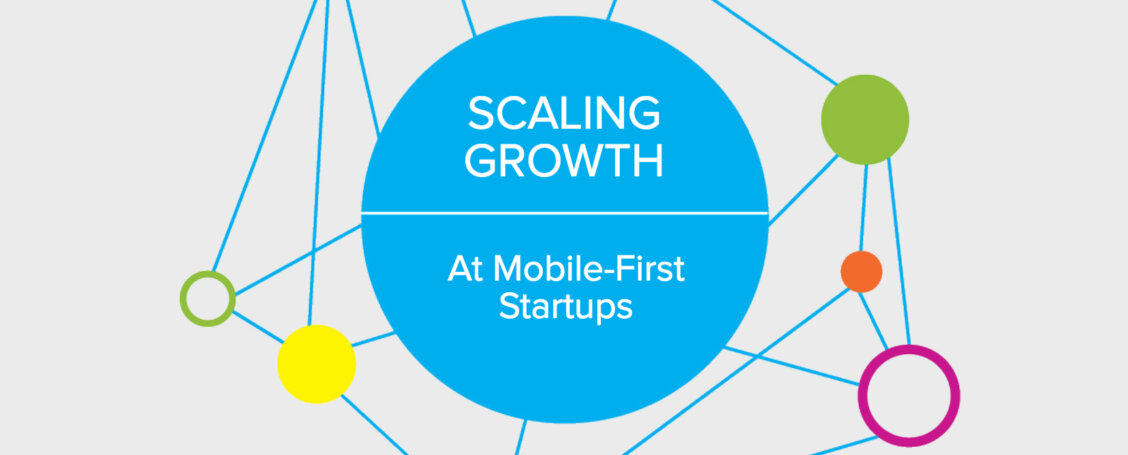
Scaling Growth at Mobile-First Startups: Challenges and Tips
As companies make strides in their growth investments, it is important to prioritize reporting needs and resources to measure success. For growing mobile-first companies like Ibotta, accessing actionable, consistent and granular data is often challenging due to inconsistencies in acquisition source data or internal resource limitations. These challenges may lead to reporting trade offs for companies getting started, but it is possible to still drive growth.
In this post, we’ll address how the ultimate acquisition attribution solution may not be realistic for early mobile-first startups, and tips on how to achieve growth as you build for the future.
The Goal
At a macro level, the “Holy Grail” attribution solution for mobile-first companies would map the user journey from first ad impression to last in-app event. It would also aggregate total user funnel expenses from acquisition and retention in order to understand user LTV.
In regards to acquisition, our goal is to acquire as many quality users as possible at the lowest cost. The optimal solution would provide real-time, actionable data on acquisition channel quality by ad networks and the placements within those networks. Seems simple in theory but it is extremely difficult to achieve.
The Problems
Although attribution and analytics technologies continue to improve, there are still inconsistencies throughout the mobile ecosystem that lead to reporting issues. Depending on what ad network, ad exchange or inventory source you work with, they may not have the ability to dynamically pass key metrics – like spend or impressions – into attribution providers. Also, utilization of parameters to report more granular insights, including sub-publisher or sub-campaign, often vary by source or are simply not reported.
As a result, aggregating channel performance requires logging into multiple dashboards and combining various reports into one “source of truth.” This cumbersome, manual and error-prone task became unscalable for acquisition teams while they onboard new acquisition channels. From high-level optimizations to granular placement improvements for a given network, it’s challenging to provide strategic direction when a significant portion of time is spent on reporting. At Ibotta, growth team members spent anywhere from 30-40 hours a month to build or maintain various reports before we prioritized additional resources and tools.
To be clear, there are vendors in the space that can provide the multi-touch attribution model (or close to) that was described earlier, but they come with a hefty price tag. For early startups or growing companies, this may not be a viable option due to budget constraints. On the other hand, building a similar solution in-house will likely require a significant number of resources from engineering, analytics and marketing. If you don’t have either the capital or the resources to build a robust and automated data analytics pipeline, you can still drive growth.
Ibotta is now at unique tipping place in our lifecycle where we’re graduating from being a true startup and transitioning into a growth company. The manual reporting methodologies for our external acquisition spend simply wouldn’t scale with the needs of the business. This year to date, we have managed to bring in 150% more new active users compared to 2015, and are north of 19 million total downloads. The majority of this growth was done by working smart and working hard, but without a sophisticated growth infrastructure which we’re still building out today.
Tips for Emerging Startups
1) Define your user funnel from the start. By understanding what events define quality users for your business, you’ll have a clearer direction of what needs to be tracked and be able to set defined goals for future paid acquisition campaigns. Questions to consider during this process:
- Who do we consider a quality user?
- What are our revenue generating events, and the events that lead to them?
- What is the avg. LTV of a quality user?
- What are we willing to pay for a new user?
- Where should we look to acquire more of these users?
For Ibotta, user quality is a function of repeated rebate redemption behavior and the value generated from those redemptions. In order for a new user to get to their first redemption, they have to install, register, unlock, go shopping and submit their receipt. Since almost all our in-app events are stored in our internal database, it was a relatively quick win to get these specific events into our attribution partner. They enabled us, as well as our ad partners, to optimize towards are a target cost per new active goal.
2) Embrace the unknowns in your reporting. From an acquisition perspective, there are a variety of ways a new user will find out about your service (word of mouth, paid media, website, search in the App Store, etc.), which might be extremely difficult to track. Identify the gaps that you have in tracking and be consistent in how you approach them.
3) Just starting to grow? I’d recommend utilizing the free tools that are readily available to you like iTunes Connect, Google Developer Console or Google Analytics. Although these solutions aren’t ideal in terms of accuracy, it will enable you to create baselines and understand trends at a high-level. If you are starting paid acquisition, invest the time, resources and budget to integrate with a mobile attribution partner to track performance.